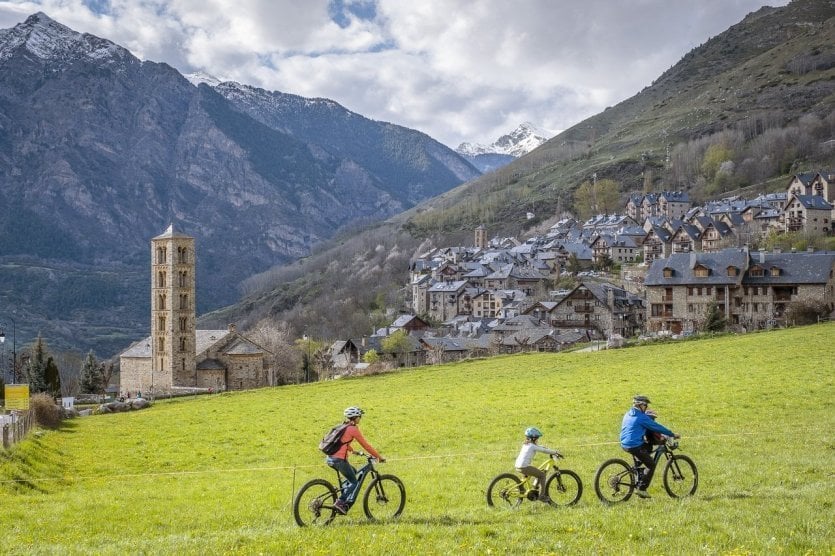
In western Catalonia, the Pyrenees and Terres de Lleida enjoy a privileged geographical location between sparkling Barcelona and the enchanting natural environment of the Pyrenees. Whether you decide to spend a holiday with family or friends, this territory, which shares its northern border with France and Andorra, is a destination of choice for all lovers of the mountains, winter skiing, culture and adventure sports. The Pyrenees and Terres de Lleida allow you to enjoy the many facets of tourism. There are incredible natural landscapes to discover in every season, accompanied bya first-ratecultural and artistic heritage. A place of ancestral traditions and villages steeped in history. A land of active tourism; of sporting activities for all publics; where you can feast on refined gastronomy and where the local population reserves an authentic and warm welcome for everyone. Here are 16 places to discover in the Pyrenees and Terres de Lleida.
1. The Aran Valley
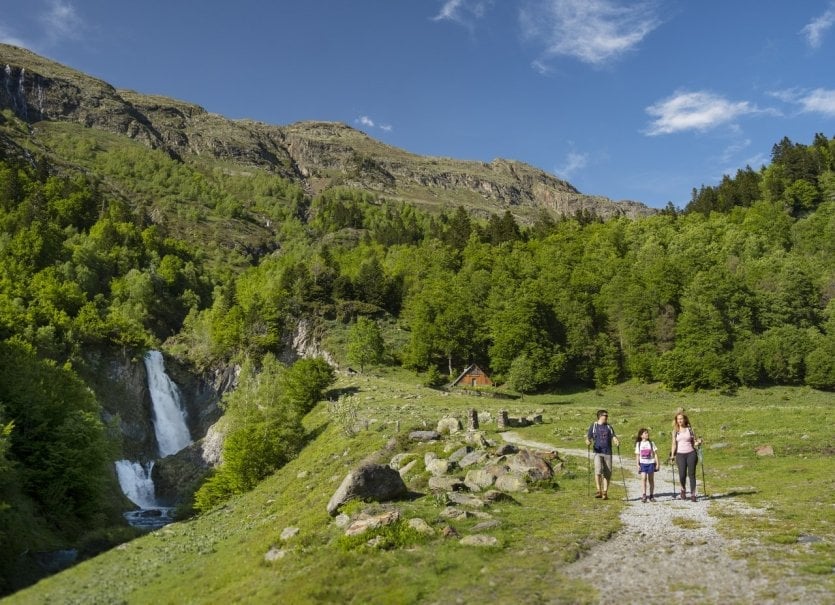
The Val d'Aran is Spain's only Atlantic valley. In this small high-mountain territory in the Pyrenees and Terres de Lleida, visitors are delighted to discover impressive glacial lakes, as well as miles of roads and trails through unspoilt territory. Snow sports in winter, hiking and cycling in summer. And there's no shortage of opportunities to take solace in the exceptional Occitan cuisine. The region's heritage blends perfectly with its natural surroundings, and stops in typical villages are always timeless moments. Along the way, you'll discover the rich history of these isolated lands.
2. Aigüestortes National Park and Sant Maurici Lake
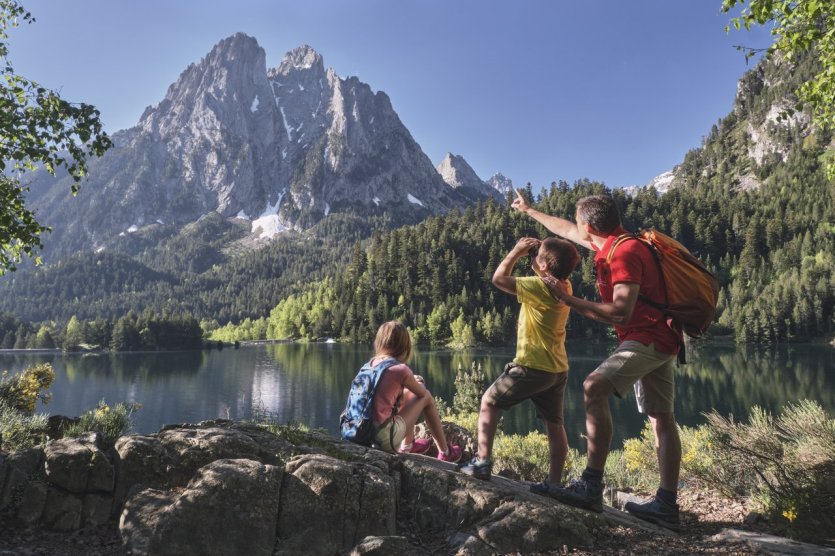
Catalonia's only National Park lies in the heart of the Lleida Pyrenees, between the regions of Pallars Jussà, Pallars Sobirà, Alta Ribagorça and Val d'Aran. It's THE hiking paradise of the Pyrenees and Terres de Lleida. Its relief, impressive lakes, immaculate winter landscapes and array of summer colors can all be discovered on snowshoe, foot, mountain bike or horseback. All seasons and all sporting practices are good for enjoying the scenery and observing the flora and fauna. It's always a pure pleasure to contemplate mountains 3,000 m high and to cross valleys, alpine meadows and forests in turn.
3. The Romanesque churches of La Vall de Boí
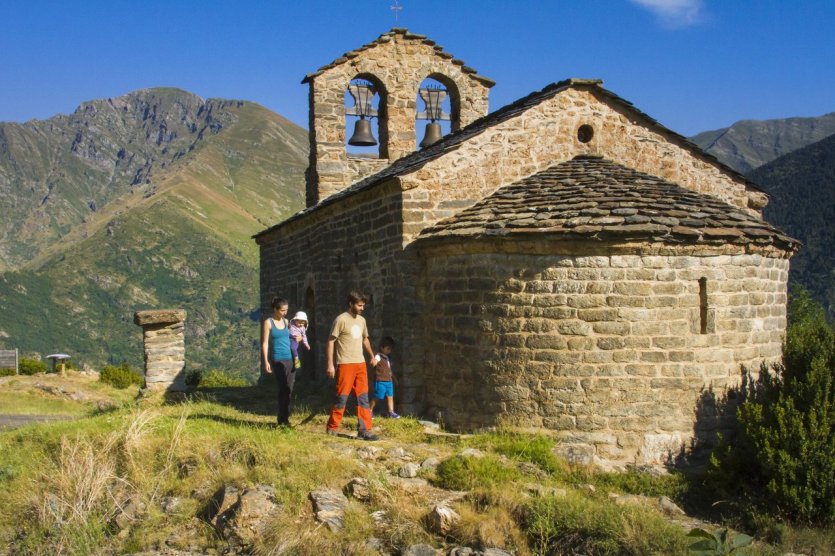
The Romanesque churches of the Vall de Boí are the finest expression of Catalan Romanesque art. A group of eight Romanesque churches and a hermitage that UNESCO declared a World Heritage Site in 2000, and it's easy to see why. The concentration of so many churches of the same architectural style in such a small space is quite simply exceptional. What's more, the buildings have stood the test of time, preserving their former splendor. Discovering the churches and their ornaments, strolling through the 8 towns that have preserved their traditional architecture and visiting the Interpretation Centre are a delight for lovers of history and fine stonework.
4. The Mont-Rebei gorge
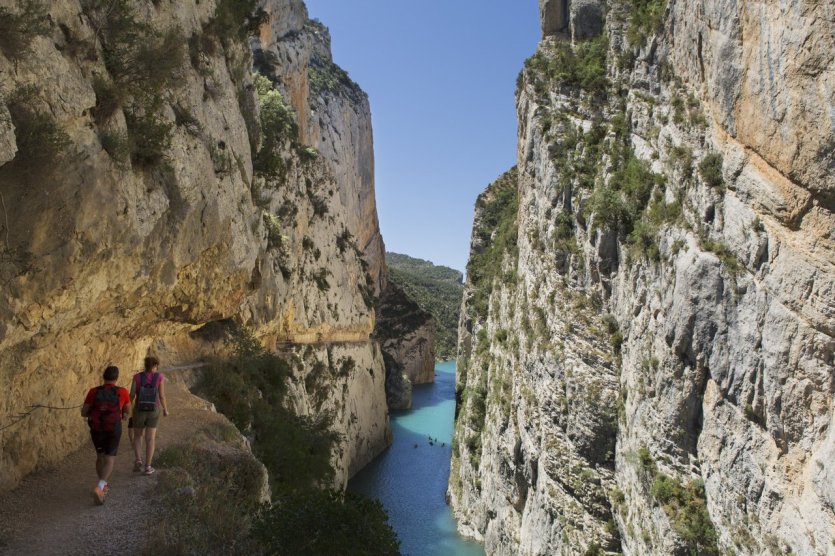
The Mont-Rebei defile is a gorge carved by the passage of the Noguera Ribagorçanariver through the Montsec sierra. A path cut into the rock offers breathtaking views of the vertical walls, which rise to over 500 m and are barely 20 m wide in places. This natural area, which is not crossed by any type of infrastructure, is of great ecological value and a formidable observation point for wildlife. A moving and spectacular landscape that can also be crossed by kayak.
5. Rafting on the Noguera Pallaresa River
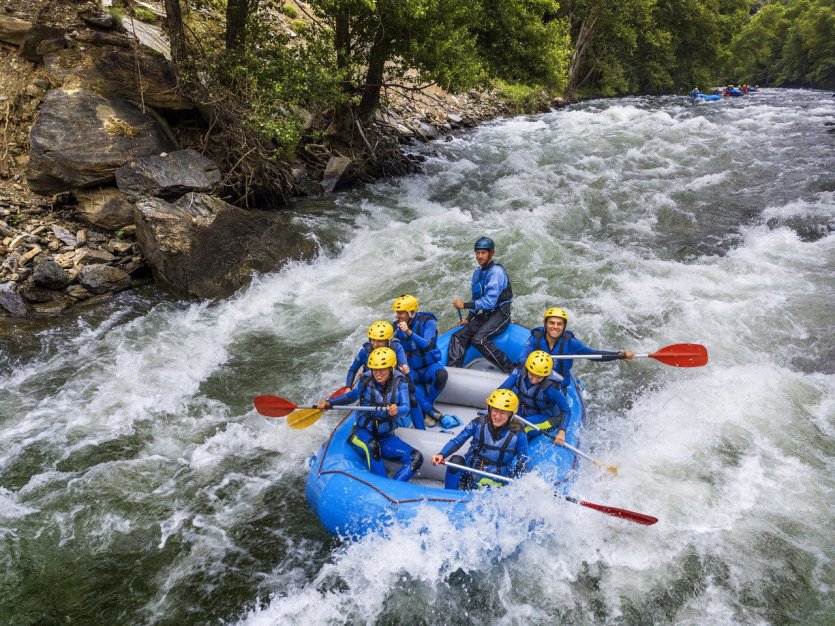
During a stay in the Pyrenees and Terres de Lleida, a trip to Pallars Sobirà offers a good dose of thrills. This is where the Noguera Pallaresa river offers 60 kilometers of navigable white-water sports open to all. In fact, it's the best spot in Europe for it! You can choose between rafting, the king of adventure sports, canyoning, canoeing, busbob, hydrospeed and much more. It's up to you to choose according to your mood and how you want to get your adrenalin pumping.
6. Alt Pirineu Natural Park
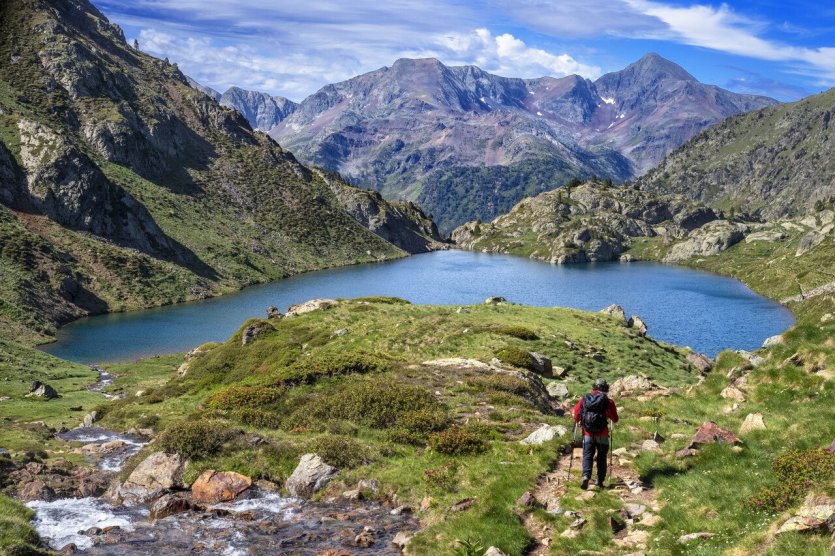
With a surface area of 70,000 hectares, the Alt Pirineu Natural Park is the largest in Catalonia. Located in the Pallars Sobirà and Alt Urgell regions, it boasts a rich diversity of cultures and landscapes. From lush green hills and snow-capped peaks in summer, to the glacial lake of Certascan, alpine flora and Mediterranean forests, these areas provide refuge for endangered species. The park is also home to the Pica d'Estats, Catalonia's highest peak (3,143 m), and the Cigalera de l'obaga de Baleran, one of the deepest gorges in the region. Hiking in the Alt Pirineu Natural Park also offers the chance to stop off at some magnificent hamlets. The area is also rich in archaeological and architectural heritage.
7. Cadí-Moixeró Natural Park
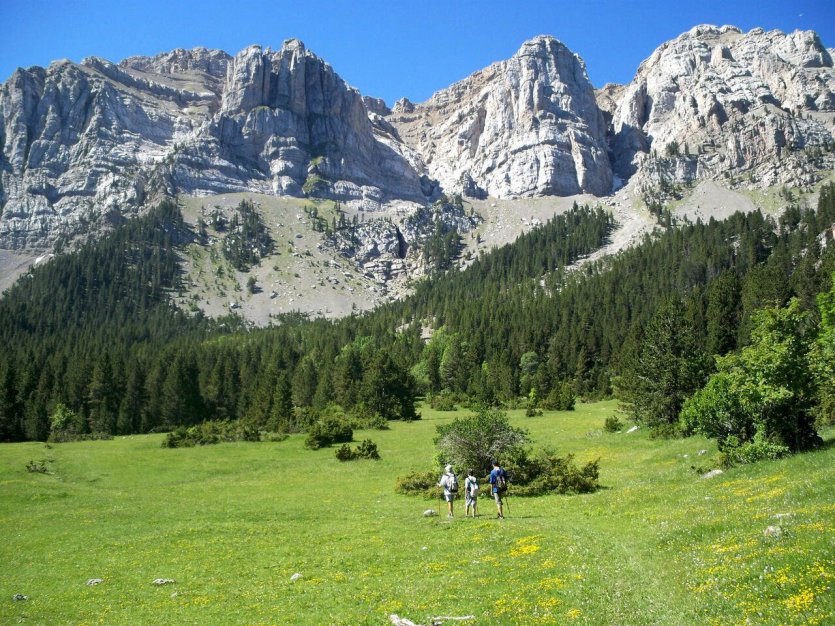
Comprising the regions of Lleida, Alt Urgell and Cerdanya, the Cadí-Moixeró Natural Park is a must-see for nature lovers. Covering anarea of 40,000 hectares, this is where the two great mountain ranges of Cadí and Moixeró meet at the Tancalaporta pass to form an impressive 30 km-long mountain barrier. One of its symbols is the Pedraforca peak, a mountain that immediately catches the eye. A land of varied mountain, alpine and sub-alpine landscapes, and the presence of typical high-mountain fauna. Nature is omnipresent, offering a wide range of activities from hiking, cycling and mountain biking to climbing, fishing and downhill and cross-country skiing. But the Cadí-Moixeró Natural Park also shines with the beauty of its traditional rural architecture.
8. La Vall de la Llosa
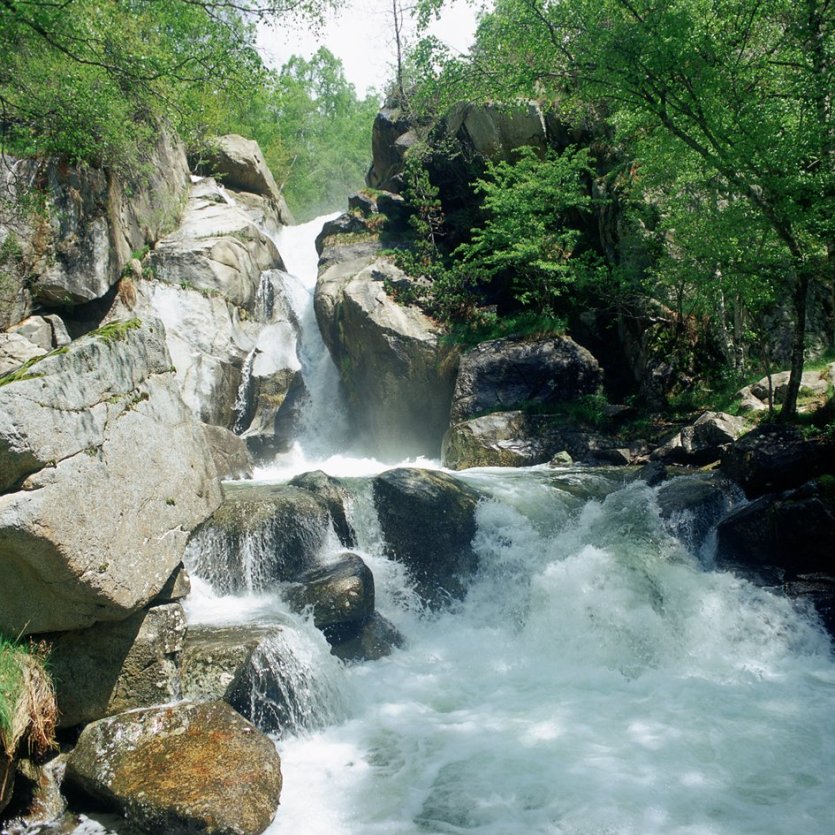
The Vall de la Llosa, located to the north-east of the municipality of Lles de Cerdagne, is a territory of the Pyrenees and Terres de Lleida rich in pastures, shoreline vegetation, woods and meadows. Nature also radiates from its mountains, with their rounded slopes and jagged ridges. The best way to connect with the natural environment is by hiking. Why not follow the Chemin des Bons Hommes? This route is perfect for those who like to wander between mountain landscapes and verdant plains. Not forgetting the cultural sites of interest dotted here and there.
9. Solsona, an unforgettable memory
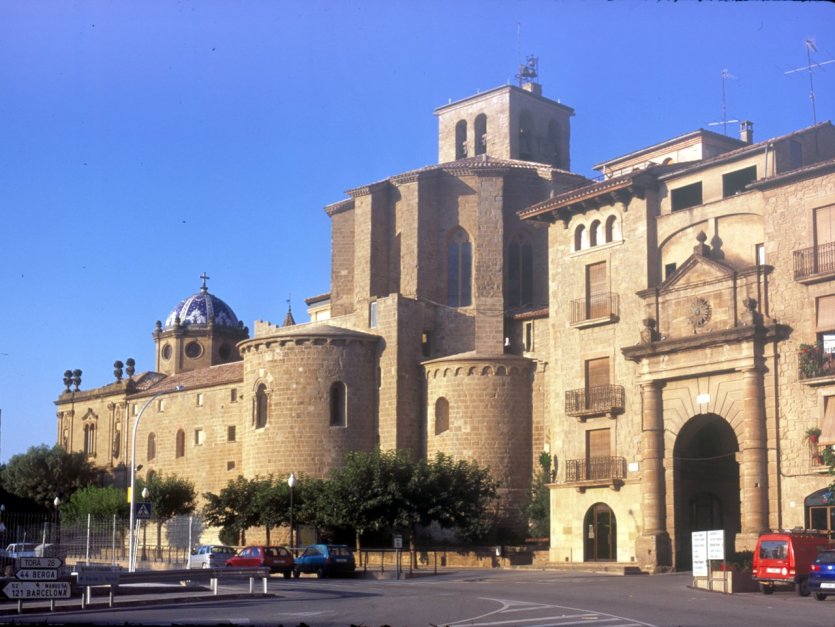
Solsona is a welcoming city. You can discover its identity and its richness through the charming streets and alleys of its impressive medieval centre medieval center. The fountains, the Santa Maria cathedral, the squares... a stroll through the town will take you on a gentle journey back in time. And don't forget to stop off at one of the restaurants to discover its gastronomy and charcuterie. Seemingly quiet, the town never fails to come alive during festivals such as Carnival, Corpus or Festa Major. A city of folklore, it boasts the highest number of giants and elements of popular bestiary per square metre in Catalonia. Its natural environment is fascinating, with opportunities for hiking, horse-riding and cycling, as well as kayaking, canyoning and zip-lining.
10. Lleida's Seu Vella
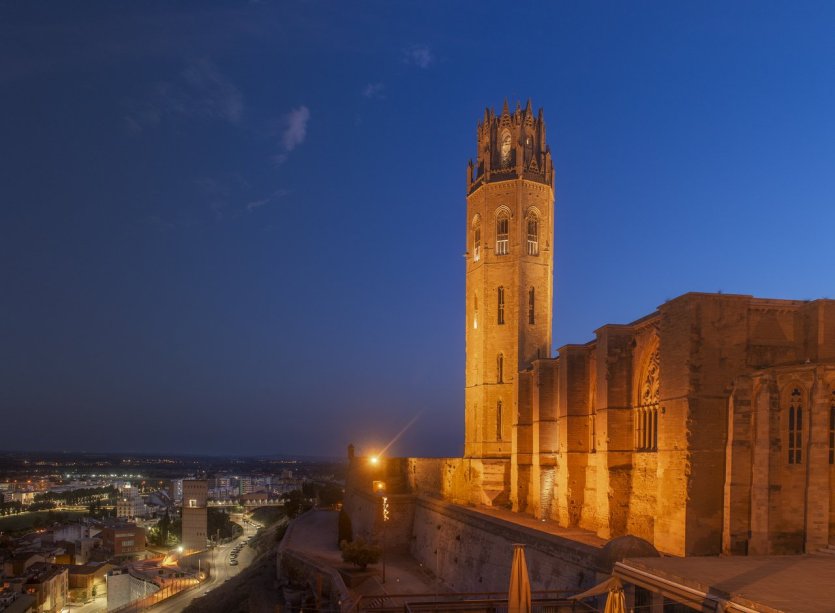
The architectural ensemble of the Seu Vella hill brings together two of the city's most emblematic monuments: the Seu Vella and the Suda castle. Built over an ancient mosque in the 13th century, the Seu Vella is a religious edifice that shines with the beauty of its 60 m-high bell tower and cloister. The fact that it was built on a hill also affords superb views over the city and the Lleida plain. For the best views, head for the Llengua de Serp (Snake's Tongue) lookout and the Queen's Bastion. The latter is located on the site of the former Suda castle.
11. La Ruta del Cister
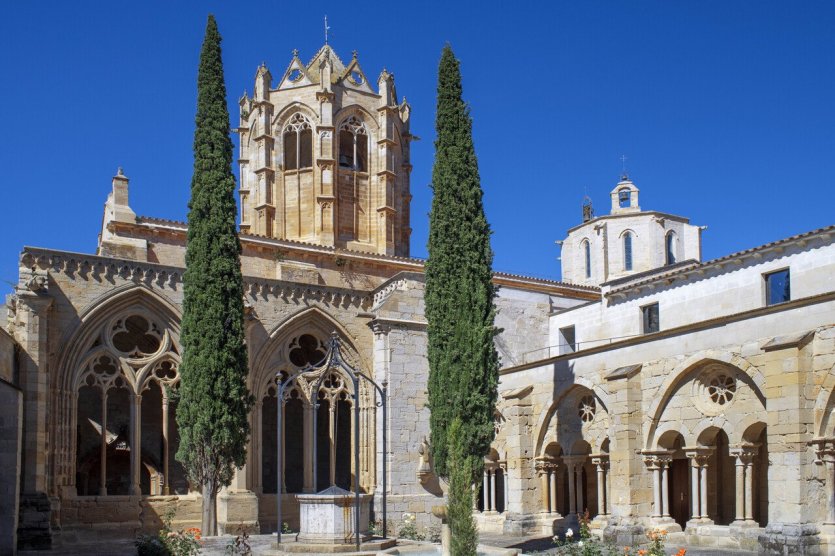
L'Urgell is an inland region located on the La Ruta del Cistera hiking route that offers visitors a remarkable heritage and beautiful natural landsc apes. Castles, religious buildings and other monuments take you on a journey through time. And let's not forget the charming, welcoming villages with their medieval accents. Here you'll find emblematic buildings such as the Cistercian monastery of Vallbona de les Monges, among other architectural marvels. It's also an opportunity to discover the local gastronomy and to meet people who love and are proud of their land.
12. Montsec Astronomical Park
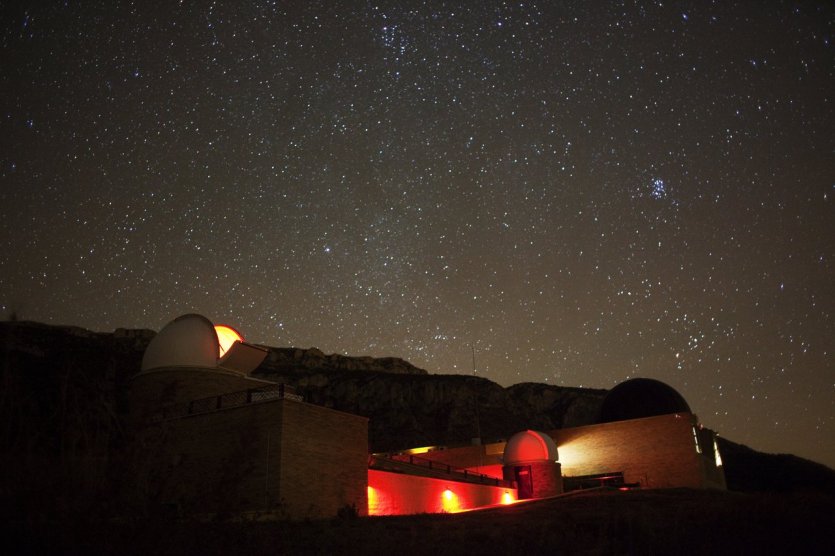
The Pyrenees and Terres de Lleida offer the chance to reach for the stars. This is only natural, since the Montsec sky has been certified as a Starlight Reserve and Tourist Destination by UNESCO's Home and Biosphere Program. To enjoy one of the purest skies in Europe, travellers can visit the Montsec Astronomical Park. Here, the Centre d'Observation de l'Univers (COU) is an educational facility that introduces visitors to the world of astronomy. Scientific disclosure, observation of the stars, a fascinating place to discover.
13. The Roca dels Moros cave complex in Cogul
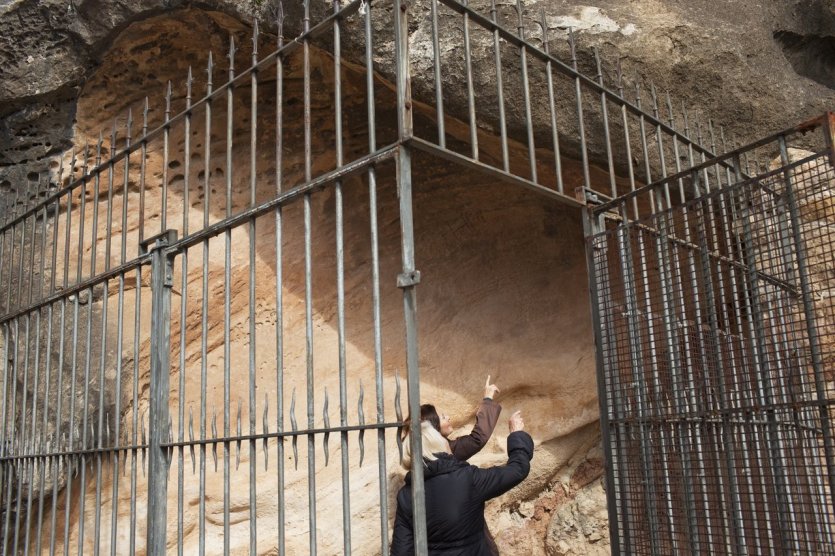
Heading towards Albagés, 1 km from Cogul, visitors can discover the sublime rock paintings of La Roca dels Morosdeclared a UNESCO World Heritage Site in 1998. This is a formidable example of Levantine rock art, with 45 silhouettes, including human images, various animals and inscriptions in the Iberian and Latin alphabets. Hunting, dancing, red and black, this is Catalonia's 1st prehistoric ensemble.
14. The Sió Castles Route
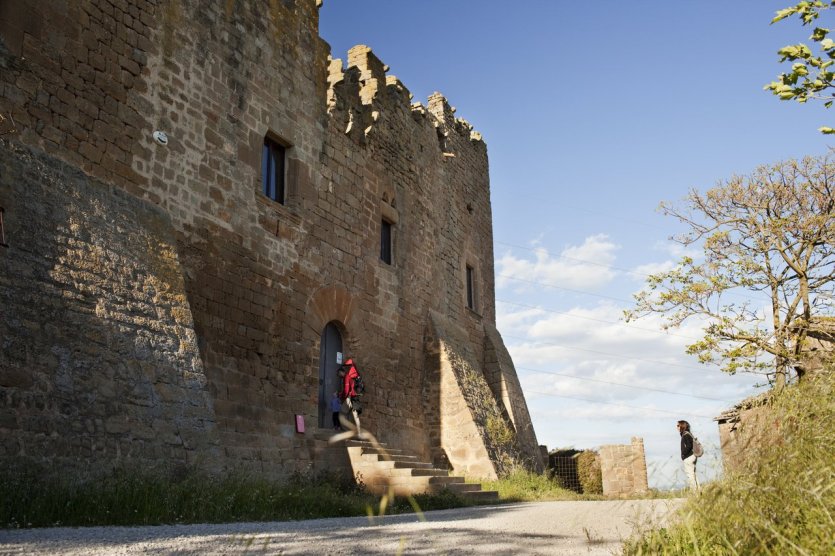
La Sió Castles Route is an area criss-crossed by the River Sió, where you'll discover a proliferation of castles and churches built on the banks of the Sió around the middle of the 11th century. Ideal for? Go for a mountain bike ride and stop off at buildings open to the public, such as the castles of Florejacs, Concabella, Pallargues, Sitges and Vicfred. This is your chance to discover some great architectural gems and learn about the history that has unfolded along the river through the ages.
15. L'Estany d'Ivars - Vila-sana
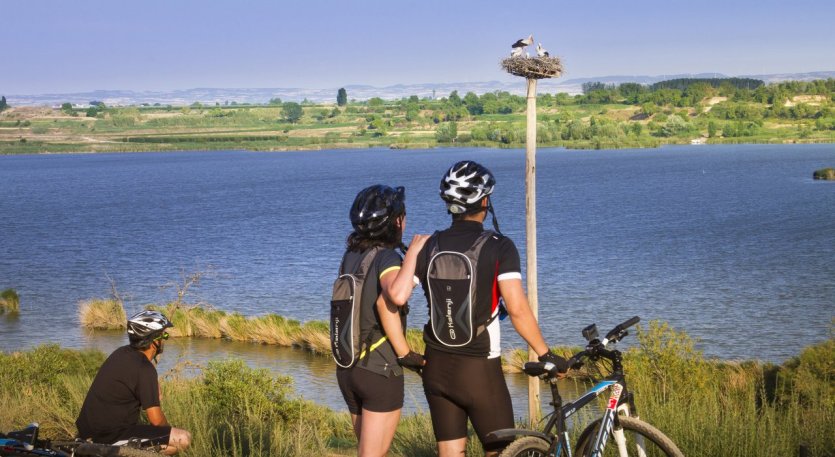
L'Estany d'Ivars - Vila-sana is the largest inland pond in Catalonia. The freshwater lagoon supports the proliferation of lake communities and fauna. It's a prime birdwatching spot in the Pyrenees and Terres de Lleida. The water, fish and surrounding vegetation provide resting, feeding and breeding spots. The presence of signposted itineraries allows you to soak up the scenery. There are also regulated fishing zones, birdwatching observatories and picnic areas.
16. Santa Maria d'Urgell Cathedral
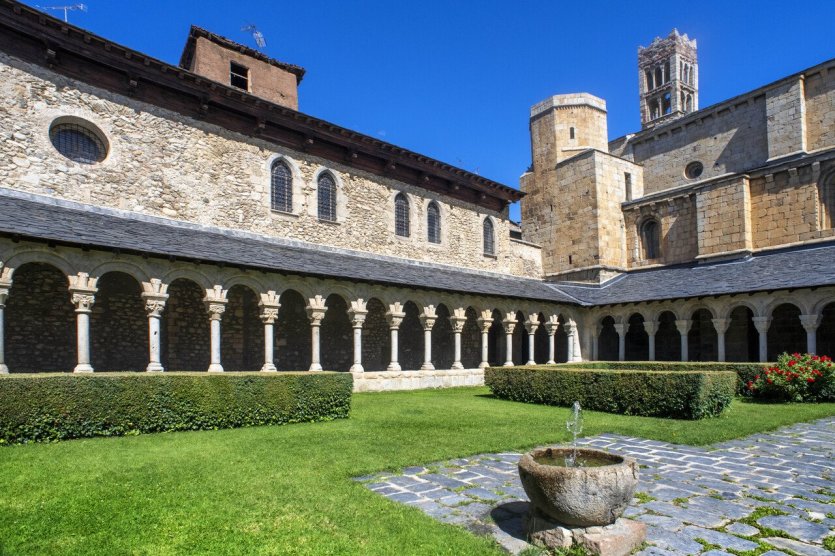
The 12th-century cathedral of Santa Maria d'Urgell is a jewel in the crown of Catalan Romanesque architecture. It is the fourth and most recent of the successive cathedrals built between the 6th and 12th centuries. A large edifice built on a basilica plan, with three naves and a large transept completed by a tower at each end. The architectural ensemble is enriched by fine Romanesque sculptures. These adorn the cathedral's western façade and windows, as well as the cloister's capitals.


